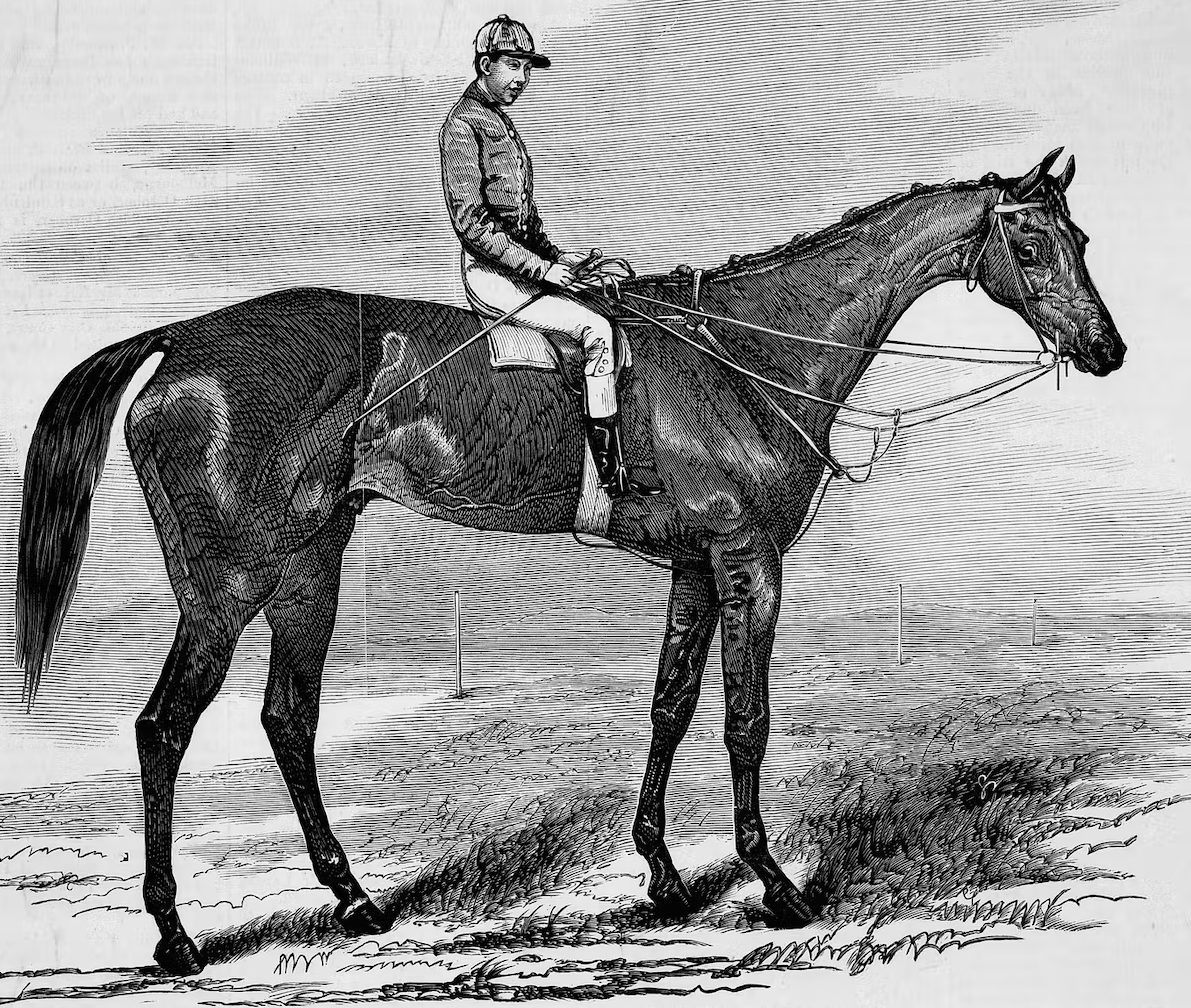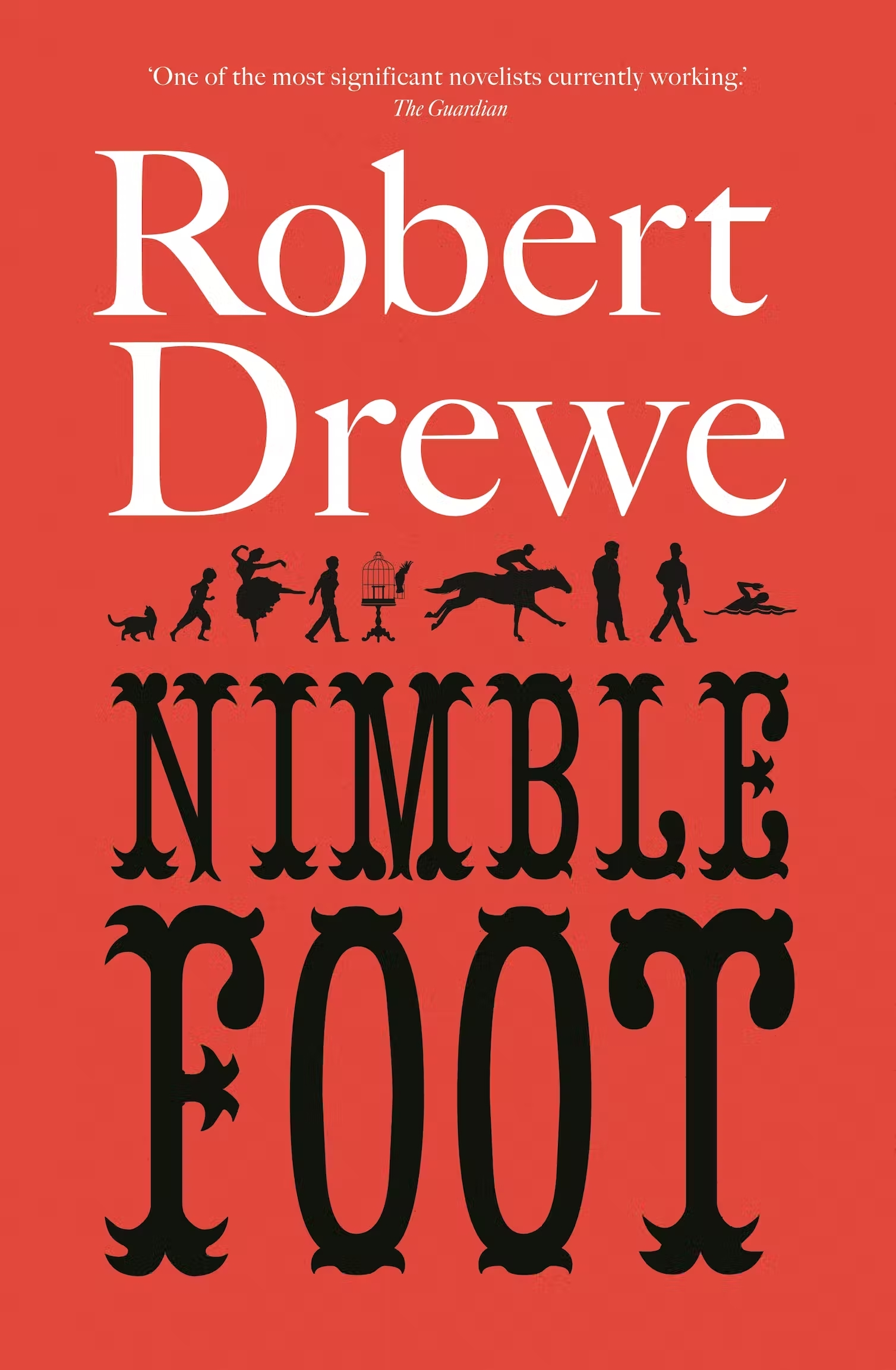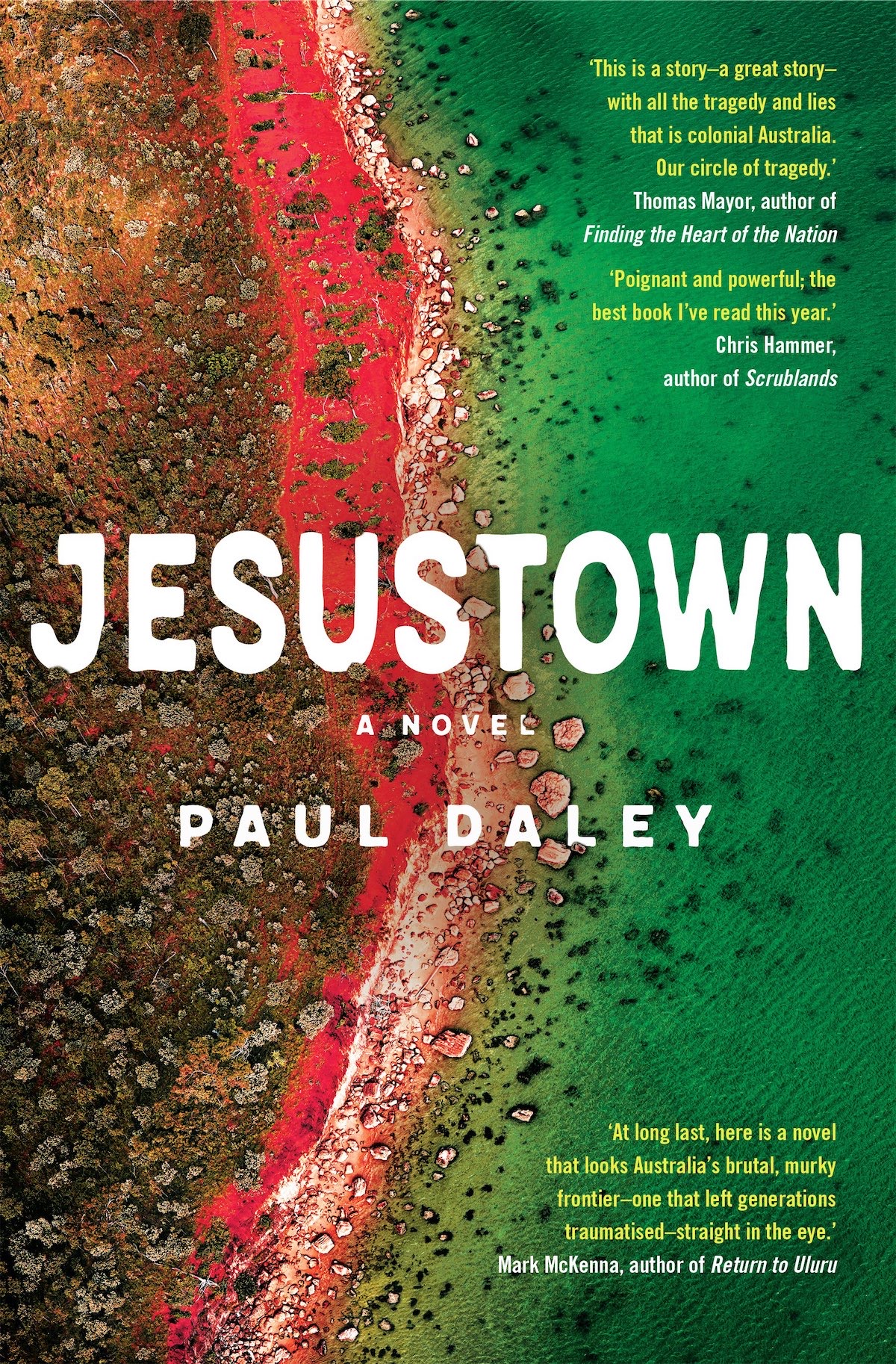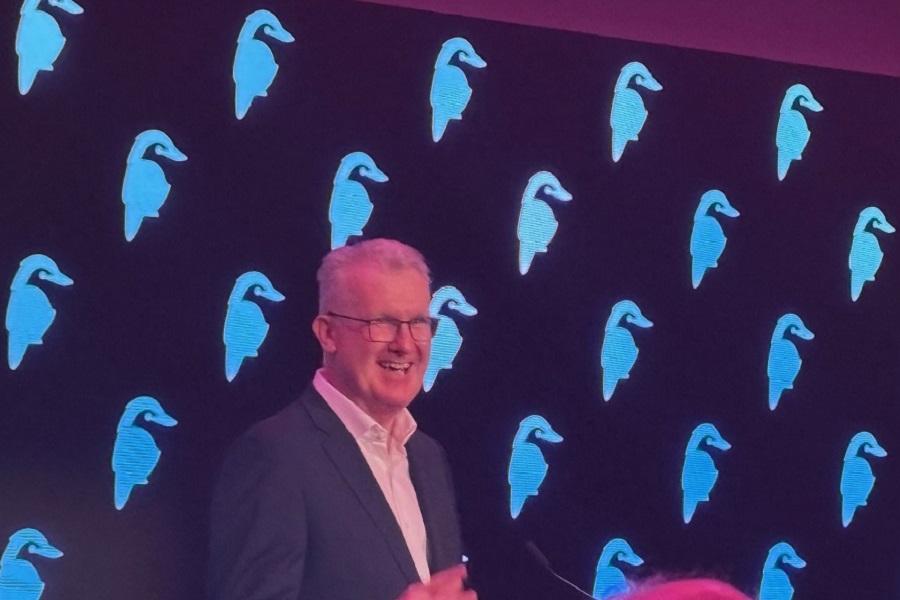
Novelists have been mixing fact with fiction since Daniel Defoe picked up the story of the castaway Alexander Selkirk in the grog shops of London’s seafarers and gave the world Robinson Crusoe some 300 years ago, writes ROBERT MACKLIN.
“Nimblefoot”, by Robert Drewe (Hamish Hamilton/Penguin Books)
RARELY has the tradition of mixing fact with fiction been so deliciously realised than in Robert Drewe’s romp among the possibilities of the life and times of Johnny Day, the jockey who rode the five-year-old gelding Nimblefoot to victory in the 1870 Melbourne Cup.

By then, the young Day had already achieved world fame as a competitor in the pedestrian feats that drew massive crowds to contests with characters as outlandish as the World Series Wrestlers of the 20th century.
As Drewe says, he was attracted to the story through a photograph discovered in Canberra’s National Portrait Gallery of “The Pedestrian Child Wonder” who, after swapping sporting obsessions, rode the Cup winner at only 14, then disappeared from sight.
“How strange, I thought, that the famous walker and rider had left no cultural footprint… Johnny Day dropped out of sight. People wondered what had happened to him. Wild stories started up,” says Drewe.
None, I suspect, were quite as wild, or as detailed, as those the novelist invents as Johnny traces an adventurous trail among the worthies of the day – from the visiting Prince Alfred, Duke of Edinburgh to Lola Montez, from Adam Lindsay Gordon to Anthony Trollope.
Johnny is on the run from the law in the person of the corrupt and bibulous Victorian Police commissioner, Capt Standish after a double murder in which the Prince is implicated. It is this headlong dash around much of Victoria and WA that engages us thoroughly for the rest of the book.
It is not just Drewe’s courage in drawing in the figures of history, but the piercing observation and charm of his writing that captures the reader.
“Nimblefoot” has Miles Franklin written all over it.
“Jesustown”, by Paul Daley (Allen and Unwin)
PAUL Daley’s “Jesustown” is just as courageous in drawing his characters from reality.

He selects elements from such adventurous Aboriginal anthropologists as Donald Thomson, Charles Mountford and Norman Tindale to create his own Nathaniel Renmark.
His “country” is Arnhem Land among the Yolngu people where in 1935 the real Donald Thomson was sent by the federal government on a peace mission when the local Aboriginals had killed both Japanese and Australians over the ravaging of their women and the NT authorities were demanding a “punitive” mission.
The narrator is Renmark’s grandson Patrick who has disgraced himself in London after scaling the literary heights (a kind of Australian Jeffrey Archer) and seeks absolution back in the area of his grandfather’s Yolngu domain. The settlement, Jesustown, is a reference to the missionaries who played a major role in the disruption of Aboriginal society and culture.
Daley’s courage is expressed in a very different manner from that of Drewe. While he doesn’t have to confront the immensely testing task of combining his creation with well-known figures from history, he has shown no mercy to his narrator as he begins the long road back to redemption. Patrick begins as a thoroughly unpleasant character; but Daley succeeds splendidly in carrying the reader through his journey of atonement.
Just as important, he positions him in that strange no-man’s-land of the whitefella coming to terms with the Aboriginal scene today, not the idealised world that his grandfather experienced and promoted.
Like Drewe, Paul Daley has paid his dues in journalism where the quirky sidelight, the revealing moment and the humorous quip provide flashing insights that no academic treatise could hope to render.
In these days of the great movement to recognise and venerate the Aboriginal contribution to the nurturing of the great south land, “Jesustown” confronts the inherent intergenerational conflicts. It even challenges the notion of western storytelling, where we demand its disparate features be tied together into a neat bundle like a Hollywood movie, replete with a climactic action sequence and a happy ending
Who can be trusted?
In a world of spin and confusion, there’s never been a more important time to support independent journalism in Canberra.
If you trust our work online and want to enforce the power of independent voices, I invite you to make a small contribution.
Every dollar of support is invested back into our journalism to help keep citynews.com.au strong and free.
Thank you,
Ian Meikle, editor




Leave a Reply